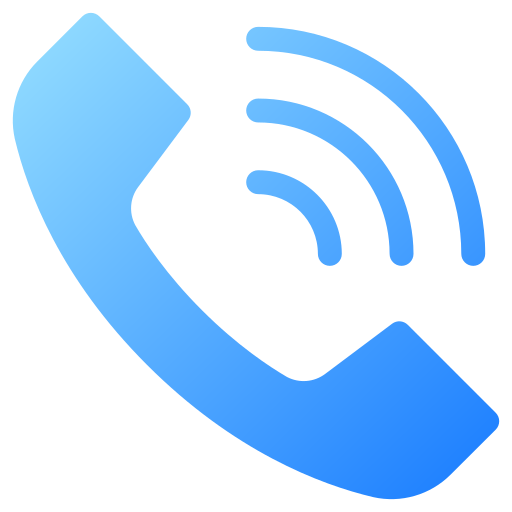Introduction
In the ever-evolving landscape of healthcare, customer service optimization has emerged as a crucial component for enhancing patient experience and operational efficiency. By leveraging advanced technologies and streamlined processes, healthcare providers can significantly improve critical aspects of patient interaction, such as patient scheduling, symptom checking, and follow-up calls. Understanding the best use cases for these optimizations can lead to increased patient satisfaction and better health outcomes.
Patient Scheduling
One of the most pressing challenges in healthcare is managing patient appointments effectively. Optimizing customer service in patient scheduling involves implementing intelligent scheduling systems that reduce wait times and minimize appointment cancellations. These systems can use algorithms to analyze patient data, enabling healthcare providers to allocate resources more efficiently. Additionally, offering patients a user-friendly online scheduling platform allows them to book, reschedule, or cancel appointments at their convenience. This not only enhances patient satisfaction but also streamlines the workflow for administrative staff.
Symptom Checking
Another key area for customer service optimization is symptom checking. Automated symptom checkers, integrated into healthcare websites and mobile applications, empower patients to assess their conditions before seeking professional care. These tools can provide guidance on whether a visit is necessary, thus reducing unnecessary appointments and ensuring that healthcare professionals focus their efforts where they are most needed. By providing immediate, accessible information, symptom checkers foster a more informed patient population and increase overall engagement in the healthcare process.
Follow-Up Calls
Finally, follow-up calls serve as a vital touchpoint in the patient care cycle. Optimizing this process through automated calling systems or trained staff can help ensure patients adhere to treatment plans and address any lingering concerns post-appointment. These calls provide an opportunity for healthcare providers to gather valuable feedback, assess recovery progress, and demonstrate continued care and support, thereby strengthening the patient-provider relationship.
Conclusion
In conclusion, customer service optimization in healthcare represents a significant opportunity for improving patient experiences. By focusing on key areas such as patient scheduling, symptom checking, and follow-up calls, healthcare providers can enhance operational efficiency and patient satisfaction. By investing in these optimization strategies, healthcare institutions can foster a more streamlined care experience while promoting better health outcomes for their patients.

